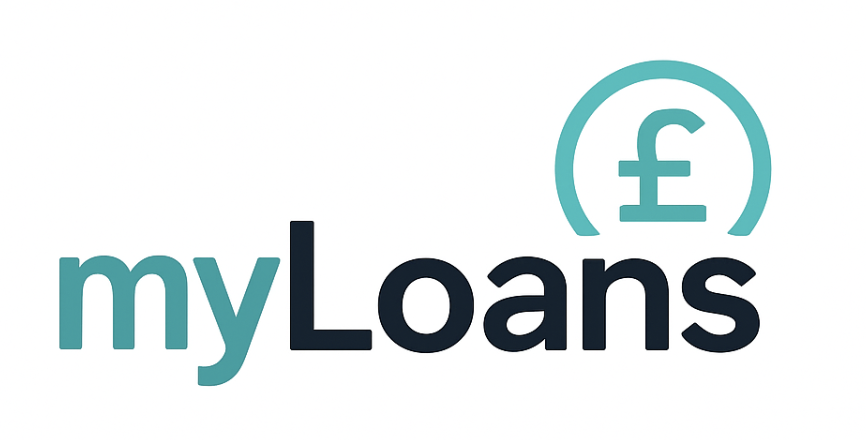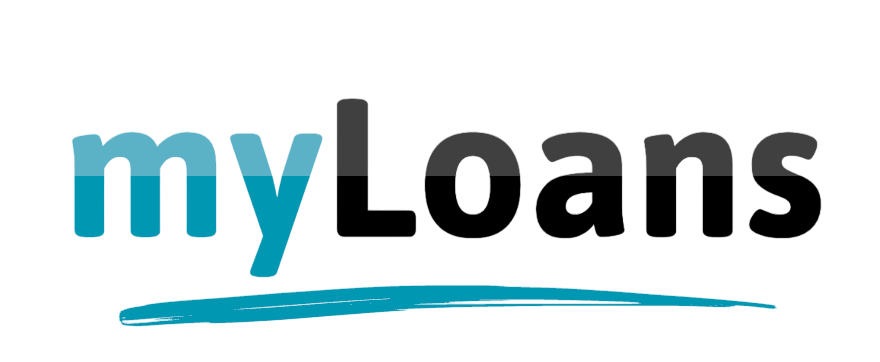Steps to Check Your Loan Eligibility
Understanding your loan eligibility is a crucial step in the home-buying process. Whether you’re a first-time buyer or looking to upgrade, knowing if you qualify for a home loan is essential. This guide will walk you through the steps to check your loan eligibility, explain the criteria lenders use, and show you how to check your mortgage eligibility without affecting your credit score.
Loan eligibility refers to the criteria that lenders use to determine if you qualify for a loan. These criteria ensure that you have the financial capability to repay the loan. Different lenders have different criteria, but most include your credit score, income, employment history, and debt-to-income ratio.
Step 1: Understand the Housing Loan Criteria
Credit Score
Your credit score is one of the most critical factors in determining your loan eligibility. It represents your creditworthiness based on your credit history. Lenders use your credit score to assess the risk of lending to you.
- Excellent: 750 and above
- Good: 700-749
- Fair: 650-699
- Poor: Below 650
If you’re wondering, “Am I qualified for a home loan?” check your credit score first. Aim for a score of at least 700 to increase your chances of approval.
Income and Employment History
Lenders want to ensure that you have a stable income and job history. They typically require:
- Proof of consistent income
- Employment history of at least two years
- Tax returns and pay stubs
Debt-to-Income Ratio (DTI)
Your DTI ratio compares your monthly debt payments to your monthly income. A lower ratio indicates a better balance between your debt and income.
- Ideal DTI: 36% or less
- Acceptable DTI: Up to 43%
If you have a higher DTI, consider paying down some debt before applying for a loan.
Down Payment
A significant down payment reduces the lender’s risk and can help you secure better loan terms. Aim for at least 20% of the home’s purchase price.
Step 2: Check Your Mortgage Eligibility Without Affecting Credit Score
You can check your mortgage eligibility without impacting your credit score by using pre-qualification tools. Many lenders offer these tools online, allowing you to input your financial information and receive an estimate of how much you might qualify for.
Pre-Qualification vs. Pre-Approval
- Pre-Qualification: A quick, informal assessment of your eligibility based on the information you provide. It doesn’t affect your credit score.
- Pre-Approval: A more in-depth process that includes a credit check and gives you a conditional commitment from the lender.
Both are useful, but pre-approval carries more weight when you’re ready to make an offer on a home.
Step 3: Gather Necessary Documents
Before applying for a loan, gather the following documents to streamline the process:
- Recent pay stubs
- Tax returns for the past two years
- Bank statements
- W-2s or 1099s
- Identification (driver’s license or passport)
Having these documents ready can expedite the application process and demonstrate your preparedness to lenders.
Step 4: Assess Your Financial Health
Budgeting and Savings
Evaluate your budget to ensure you can afford monthly mortgage payments without financial strain. Consider all homeownership costs, including property taxes, insurance, and maintenance.
Improve Your Financial Profile
If you find that your financial situation doesn’t meet lender criteria, take steps to improve it:
- Pay down existing debt
- Increase your savings
- Avoid major purchases before applying for a loan
Step 5: Explore Different Loan Options
by Jakub Żerdzicki (https://unsplash.com/@jakubzerdzicki)
Different loans come with different terms and eligibility requirements. Research the following options to find the best fit for your needs:
Conventional Loans
These loans are not insured by the government and typically require higher credit scores and down payments.
FHA Loans
Backed by the Federal Housing Administration, FHA loans are more accessible for those with lower credit scores and smaller down payments.
VA Loans
Available to veterans and active-duty military members, VA loans offer competitive interest rates and don’t require a down payment.
USDA Loans
These loans are for rural homebuyers and offer benefits like no down payment and reduced mortgage insurance costs.
Step 6: Apply for the Loan
Once you’ve checked your eligibility and gathered your documents, it’s time to apply for the loan. You can do this online or in person with your chosen lender. Be prepared to answer questions about your financial history and provide any additional documentation the lender may require.
Final Thoughts
Checking your loan eligibility is a vital step in the home-buying process. By understanding the criteria lenders use and preparing your financial documents, you can improve your chances of securing a home loan. Remember to explore different loan options and choose the one that best suits your financial situation.
In summary, knowing how to get a house loan involves understanding your financial health and meeting the requirements set by lenders. With careful planning and preparation, you can confidently approach the home-buying process and find the right loan for you.




